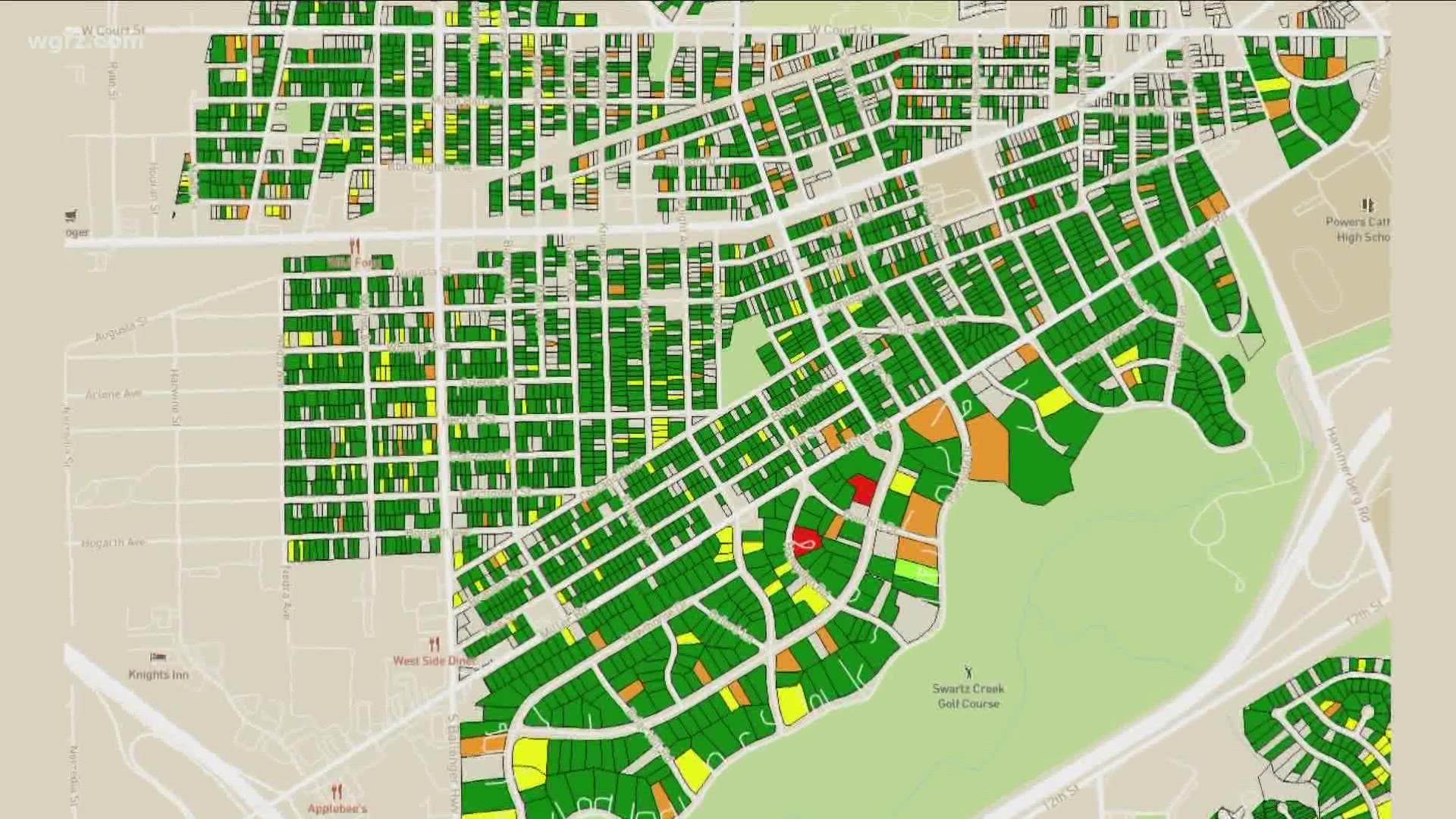BUFFALO, N.Y. — There is a new tool being used in select cities across the country to detect and identify lead pipes, and it is coming to Buffalo.
An estimated 40,000 lead service lines lead up to Buffalo's homes, which means the water thousands of us use every day could be tainted with lead. It is an issue that disproportionately impacts people living in poverty.
"We want to find those service lines, and we want to get rid of them," said Oluwole McFoy, the CEO and general manager of Buffalo Sewer.
Community groups, companies, and government agencies are coming together for this mapping project.
"We're working with Heart of the City and Open Buffalo, as well as Citizens Action. If they can contact them, we can get better information, and then the tool that we have, which is really a model that has been created, will allow us to more accurately predict where we have lead service lines," McFoy said.
Maps already exist for Flint, Michigan and Toledo, Ohio. For this project, the company BlueConduit is the gathering data.
"Any bit of old records that the city has, and Buffalo has some, but not a ton, about the material when it was built. What material was installed in the pipes and any water testing that has been done," BlueConduit co-founder Eric Schwartz said.
They are also using census information.
"There might be starting out only a small number of homes for which we have some verified data, and part of this project is increasing that number. But what we can do is, we can then extrapolate from outside of that set into all of the homes for which we have not yet verified it, and that's really the way that this statistical machine learning algorithm works," Schwartz said.
They do not want to wait until they have information for all 40,000 service lines, so they expect to get the first version of the map out within the coming months.

